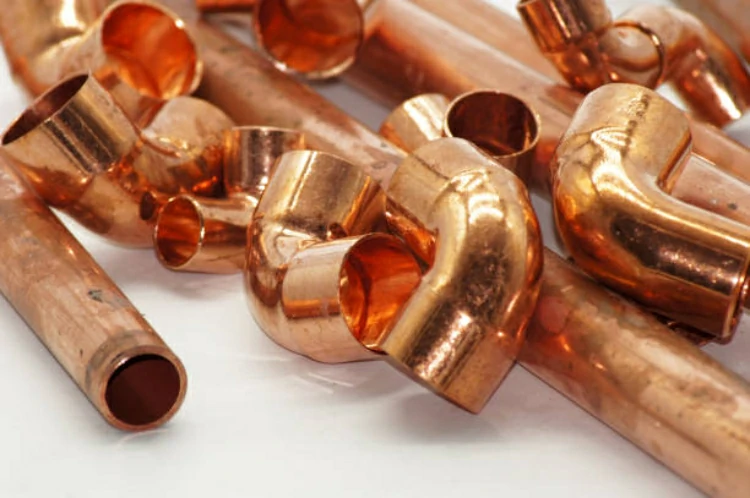Introduction:
Proper installation of brass plumbing fitting is crucial for ensuring the integrity and functionality of your plumbing system. In this article, we’ll provide essential installation tips for brass fittings to help you achieve a reliable and leak-free plumbing system.
Prepare the Pipes and Fittings
a. Cleanliness is Key:
Before installation, thoroughly clean the ends of the pipes and the interior of the fittings to remove any dirt, debris, or corrosion.
Use a wire brush or emery cloth to scrub the surfaces and ensure a smooth and clean connection.
b. Deburr the Edges:
After cutting the pipes to size, use a deburring tool to remove any burrs or rough edges from the cut ends.
Smooth edges prevent damage to the O-rings or compression rings and ensure a proper seal.
c. Apply Lubrication:
Apply a small amount of plumber’s grease or silicone lubricant to the threads and compression rings of the brass fittings.
Lubrication reduces friction during assembly, making it easier to tighten the fittings and creating a tighter seal.
Ensure Proper Assembly and Alignment
a. Threaded Fittings:
When assembling threaded brass fittings, ensure that the threads are aligned correctly and engage smoothly.
Avoid cross-threading, which can damage the threads and compromise the integrity of the connection.
b. Compression Fittings:
For compression fittings, insert the compression ring (ferrule) onto the pipe before inserting it into the fitting.
Make sure the compression ring is positioned correctly and sits flush against the fitting to ensure a proper seal.
c. Tighten to the Right Torque:
Use an appropriate wrench or tool to tighten the brass fittings to the recommended torque specifications.
Over-tightening can damage the fittings or deform the pipes, while under-tightening can result in leaks.
Perform a Leak Test and Inspection
a. Pressure Test:
After installing the brass fittings, perform a pressure test to check for leaks and ensure the integrity of the plumbing system.
Use a pressure gauge or pressure testing pump to pressurize the system to the recommended pressure level and monitor for any pressure drops.
b. Inspect for Leaks:
Thoroughly inspect all connections and fittings for signs of leaks, including visible drips, wet spots, or moisture accumulation.
Pay special attention to joints, bends, and transitions where leaks are more likely to occur.
c. Address Any Issues Promptly:
If leaks are detected during the pressure test or inspection, promptly identify and address the source of the leaks.
Tighten or reassemble the fittings as necessary, and repeat the pressure test to verify the effectiveness of the repairs.
Conclusion:
By following these installation tips for brass plumbing fitting, you can ensure a smooth and successful installation process and minimize the risk of leaks or failures in your plumbing system. Proper preparation, assembly, and testing are essential for achieving reliable and long-lasting connections that meet the highest standards of quality and performance.
Contact
With 30 years of experience, IFAN is a specialist manufacturer specializing in the production of high quality plastic pipes, fittings and valves. Our products cover copper valves, PPR valves and various pipes and fittings to meet different customer needs. No matter what your needs are for plumbing or valves, IFAN offers a wide range of cost-effective products to support your project. Below is our contact information.
We will reply your email or fax within 24 hours.
You can call us at any time if there is any question on our production.
For more information,pls visit our webside https://www.ifanplus.com/
Pls Mailto: [email protected]






